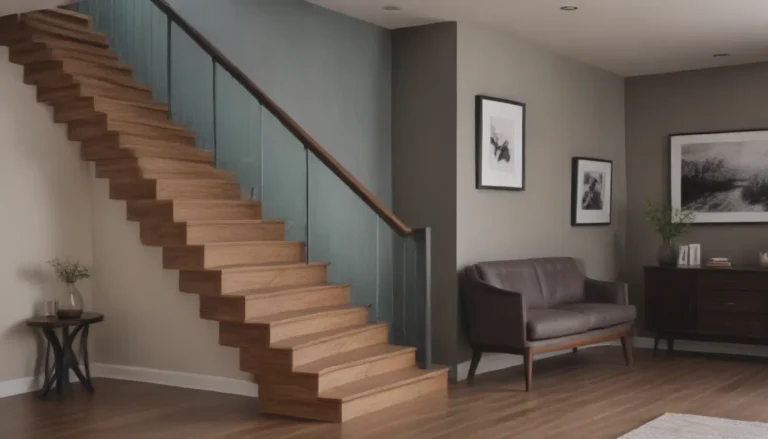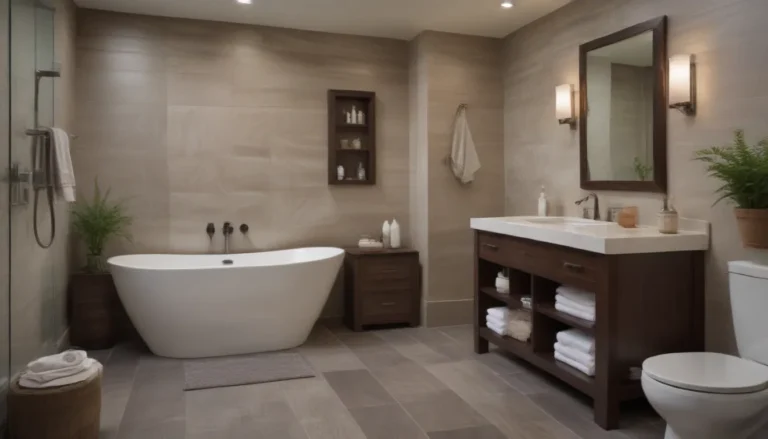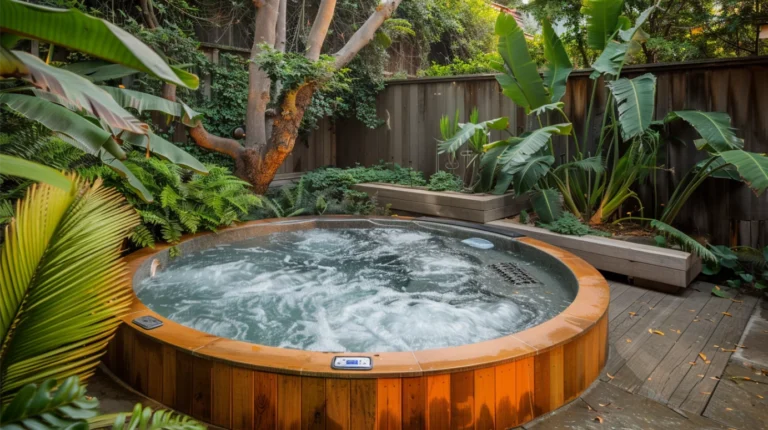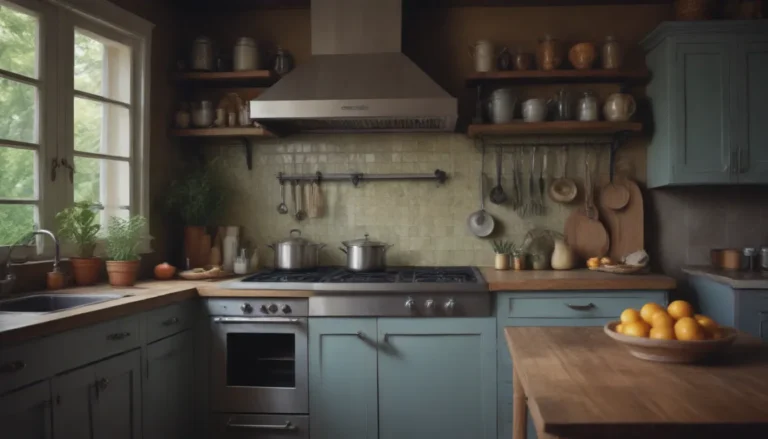Spanish Colonial Architecture: Exploring the History and Key Elements
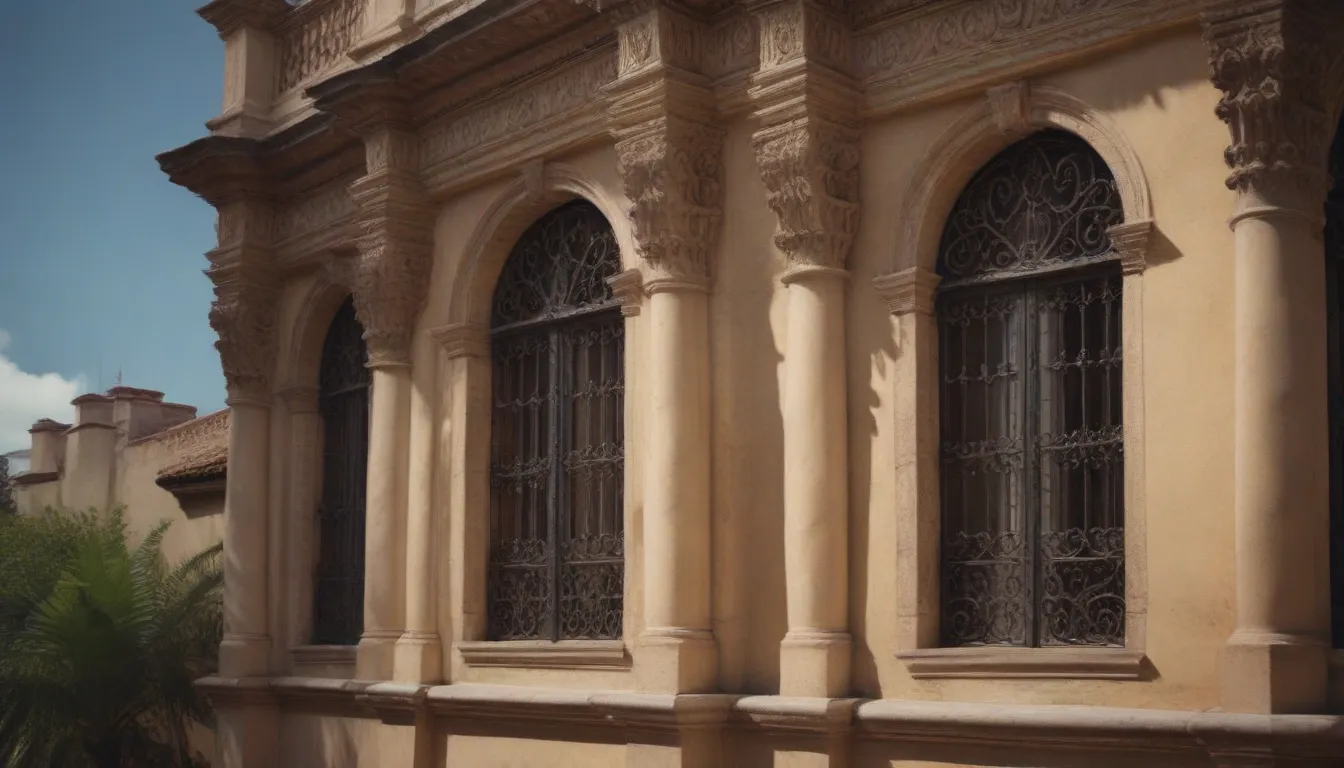
Do you ever find yourself admiring the charm and elegance of Spanish Colonial homes? From their white stucco walls to red clay roof tiles, these homes exude a unique blend of historic beauty and rustic appeal. In this article, we will delve into the rich history behind Spanish Colonial architecture and uncover the must-have elements that define this iconic style. Whether you are a homeowner looking to incorporate Spanish Colonial features into your own abode or simply a history enthusiast fascinated by the evolution of architectural styles, this article will provide you with valuable insights and inspiration.
Unraveling the History of Spanish Colonial Homes
The roots of Spanish Colonial architecture stretch back through the centuries, originating in Spain and Mexico before making their way to North America. The first Spanish Colonial homes appeared in the 1600s and were predominantly built by Spanish settlers in regions such as Florida, California, Arizona, and New Mexico. These settlers brought with them their traditional building techniques and utilized materials like adobe and clay to create homes that suited the local climate conditions.
The Spanish Colonial period in America may have ended in the mid-1800s, but its architectural legacy continued to flourish. In the 1900s, the Colonial Revival movement reignited interest in Spanish Colonial style, leading to the construction of homes that paid homage to the original designs. Today, Spanish Colonial homes can be found across the country, each reflecting regional variations while retaining key elements that define the style.
Key Elements of Spanish Colonial Architecture
If you are considering incorporating Spanish Colonial elements into your home, it’s essential to understand the fundamental characteristics that define this architectural style. Here are some must-have elements of Spanish Colonial homes:
- Thick, white stucco walls: These walls provide insulation and protection from the elements, creating a distinctive aesthetic.
- Very few and small windows: Traditional Spanish Colonial homes feature small windows to keep interiors cool in warm climates.
- Red clay roof tiles: The iconic red-tiled roofs are not only visually striking but also durable and weather-resistant.
- Wooden support beams: Exposed wooden beams add a touch of rustic charm and structural support to Spanish Colonial homes.
- A courtyard: Central courtyards are a hallmark of Spanish Colonial architecture, serving as outdoor living spaces for relaxation and entertainment.
- Little or no decoration: Spanish Colonial homes favor simplicity and understated elegance, with minimal decorative embellishments.
- Arched doorways and windows: Arches are a common architectural feature that adds a sense of grandeur and sophistication to Spanish Colonial homes.
- Tile: From decorative tiles to intricate patterns, tile work plays a significant role in enhancing the visual appeal of Spanish Colonial interiors and exteriors.
- Wrought iron: Ornate wrought iron details, such as gates, railings, and light fixtures, add a touch of elegance and authenticity to Spanish Colonial homes.
By incorporating these key elements into your home design, you can create a space that exudes the timeless charm and character of Spanish Colonial architecture.
Maintaining Spanish Colonial Homes
While the enduring beauty of Spanish Colonial homes is undeniable, it’s essential to consider the maintenance requirements associated with this architectural style. Here are some tips for keeping your Spanish Colonial home in top condition:
- Protect adobe walls: Adobe walls are best suited for warm climates and can be prone to damage in cold, damp conditions. Ensure proper drainage and protection from excess moisture to prevent cracking and deterioration of the stucco finish.
- Maintain clay roof tiles: While clay roof tiles are durable, they may require occasional maintenance to prevent leaks and damage. Inspect your roof regularly and address any issues promptly to preserve its integrity.
- Address structural concerns: Due to the unique architectural features of Spanish Colonial homes, it’s essential to address any structural issues, such as sagging ceilings or deteriorating support beams, to ensure the safety and longevity of your home.
By staying proactive with maintenance and addressing any issues promptly, you can preserve the beauty and integrity of your Spanish Colonial home for years to come.
Regional Variations and Influences
The evolution of Spanish Colonial architecture has been shaped by regional variations and cultural influences, resulting in diverse interpretations of the style across different locations. While the core elements of Spanish Colonial design remain consistent, you may notice distinct characteristics that reflect the unique heritage of each region. From the adobe structures of New Mexico to the white stucco homes of Florida, each locale offers a rich tapestry of architectural beauty that celebrates the legacy of Spanish Colonial design.
In conclusion, Spanish Colonial architecture is a timeless and elegant style that continues to captivate homeowners and history enthusiasts alike. By understanding the history, key elements, and maintenance considerations associated with this architectural style, you can gain a deeper appreciation for its enduring charm and cultural significance. Whether you’re dreaming of transforming your home into a Spanish Colonial retreat or simply looking to learn more about this iconic architectural style, the insights provided in this article will help you navigate the world of Spanish Colonial architecture with confidence and appreciation.
As noted by Albert S. Fu in his research on Spanish-Colonial Revival Architecture, the preservation of historic adobe buildings plays a crucial role in maintaining the authenticity and cultural significance of Spanish Colonial design. By upholding the legacy of these architectural treasures, we can ensure that future generations continue to appreciate the beauty and heritage of Spanish Colonial architecture.
In conclusion, Spanish Colonial architecture is more than just a design style—it’s a living legacy that continues to inspire and enchant us with its timeless beauty and cultural significance. Whether you’re admiring the red-tiled roofs of a California hacienda or exploring the adobe buildings of New Mexico, the allure of Spanish Colonial architecture is sure to leave a lasting impression. So, take a moment to appreciate the rich history, key elements, and regional influences that define this iconic architectural style, and discover the beauty of Spanish Colonial design for yourself.
